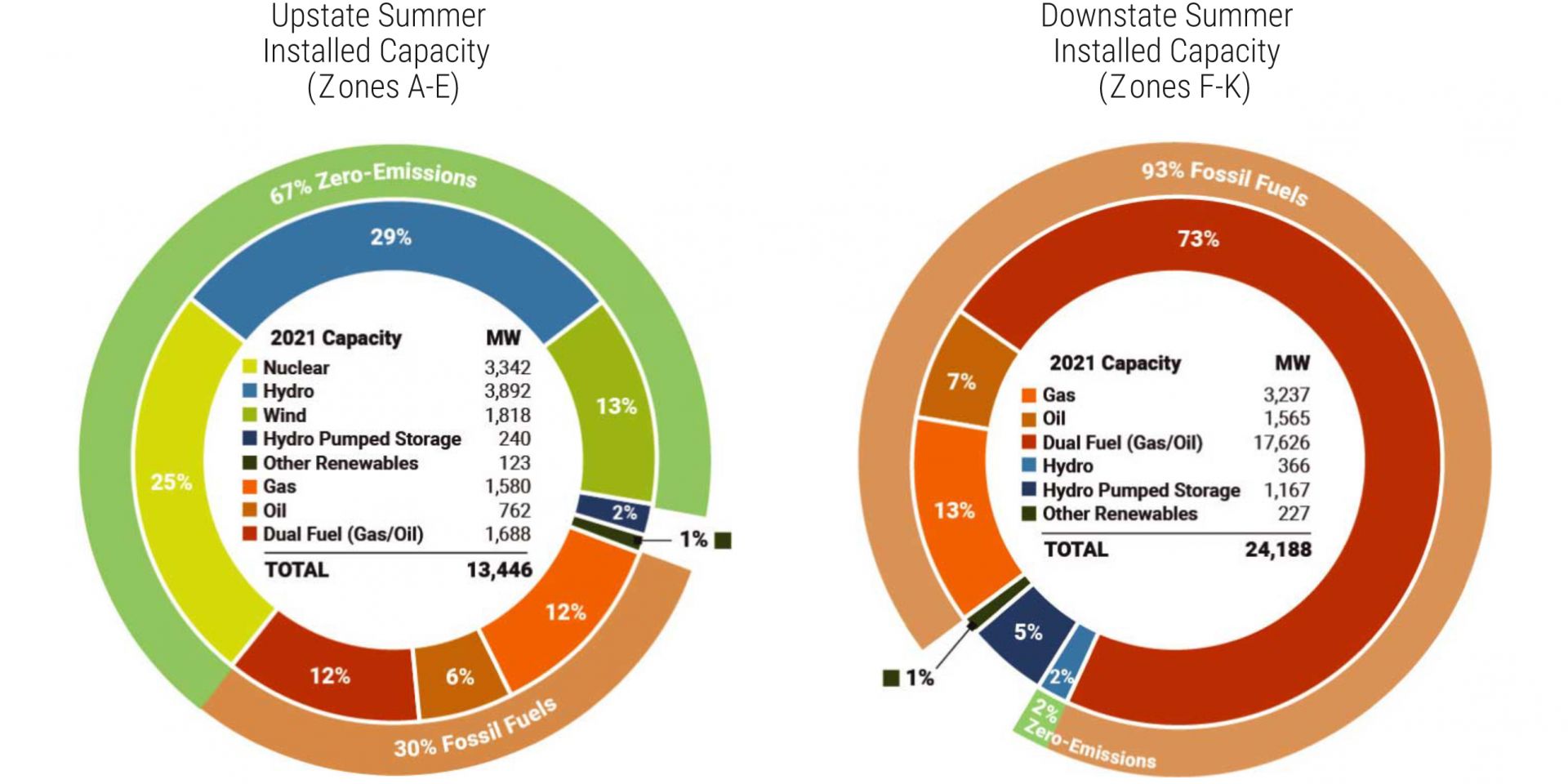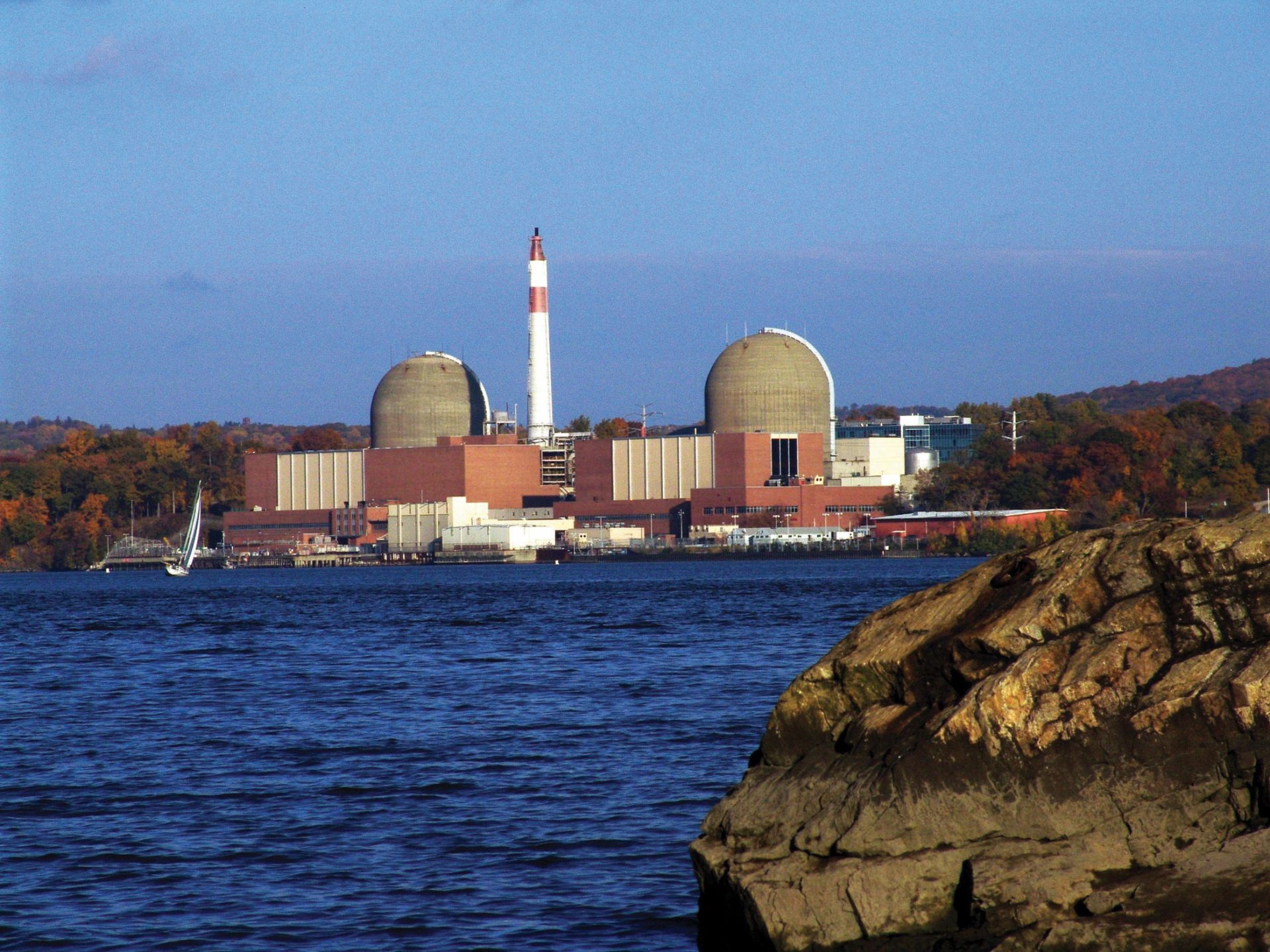The DOE’s guidance for Civil Nuclear Credit Program applicants opens a window for an owner—present or future—to submit a bid for credits that could keep Palisades, in southwest Michigan, operating past its planned May closure date. (Photo: Entergy)
The Department of Energy has announced the steps that would-be applicants must take to access funds from the $6 billion Civil Nuclear Credit (CNC) Program. Guidance published April 19 invites owners or operators of those plants most at risk of near-term closure to apply during the program’s first award cycle. With shutdown planned next month, Entergy’s Palisades plant would top that list (read on for more on Michigan’s efforts to keep the plant operating), but any reactor with publicly announced plans to close by September 30, 2026, that meets other program criteria could be certified for credits. Successful applicants won’t have to wait long for good news: the DOE plans to announce award decisions as soon as 30 days after the May 19 deadline for submitting certification applications together with sealed bids for credits.
The Michigan and Ohio Section of the American Nuclear Society warned of environmental and economic harm if Palisades’ clean energy is lost in May
The combined Michigan and Ohio Section of the American Nuclear Society (ANS) urged Michigan Gov. Gretchen Whitmer and state lawmakers in a letter to reconsider the premature closure of the carbon-free Palisades nuclear power plant in May.
Cooper nuclear power plant, near Brownville, Neb. (Photo: NPPD)
Nebraska Public Power District and Entergy have agreed to terminate their nearly 20-year-old support services agreement for the Cooper nuclear power plant.
NPPD said on Monday that it intends to continue operating the plant—Nebraska’s sole power-generating nuclear facility—and will use Entergy and other available industry resources, as appropriate.
Palisades nuclear plant. (Photo: Entergy Nuclear)
In the spirit of the letter sent earlier this month to California Gov. Gavin Newsom urging the continued operation of Diablo Canyon beyond 2025, the Climate Coalition—a pronuclear group based in Menlo Park, Calif.—has drafted a similar letter to state officials in Michigan concerning the Palisades nuclear power plant.
The letter, which at this writing has over 260 signatories, implores Gov. Gretchen Whitmer and members of the Michigan legislature to take action to save Palisades. Owner and operator Entergy has slated the plant for permanent closure in May, nine years before the expiration of its operating license.
Diablo Canyon nuclear plant. (Photo: PG&E)
Last April, Entergy had to close its Indian Point nuclear plant. That’s despite the plant’s being recognized as one of the best-run U.S. nuclear plants. That’s also despite its 20-year license extension process having been nearly completed, with full support from the Nuclear Regulatory Commission.
This closure was due in large part to opposition by antinuclear environmental groups. These groups also mobilized existing negative public opinion on nuclear energy to get politicians to oppose the plant’s license extension. Another factor is unfair market conditions. Nuclear energy doesn’t get due government support—unlike solar, wind, and hydro—despite delivering clean, zero-emissions energy.
River Bend nuclear power plant
The Nuclear Regulatory Commission has proposed a $150,000 fine to Entergy Operations after conducting investigations that identified three willful violations of agency requirements at the company’s River Bend nuclear power plant. Located in Francisville, La., River Bend houses a 974-MWe boiling water reactor.
Hurricane Ida knocked out all transmission lines into New Orleans, leaving more than a million people without power. (Photo: Entergy)
The Nuclear Regulatory Commission said it was monitoring events at three nuclear power reactors in Louisiana and Mississippi after Hurricane Ida made landfall on August 29. With winds of 150 miles per hour, the Category 4 storm left more than 1 million people without power in the two states. Ida has since weakened to a tropical storm.
The new sign at the Indian Point Energy Center. (Photo: Holtec)
The transfer of the Indian Point nuclear power plant from Entergy to Holtec International and its subsidiaries was completed last week. Under the asset transfer deal, Holtec Indian Point becomes owner of the closed plant, with Holtec Decommissioning International serving as the site’s license holder and decommissioning operator.
The above figure provides NYISO's projected mix of resource capacity expected to be available for the 2021 Summer Capability Period.
The figure below shows the vast difference in 2020 between clean energy provided to upstate New York and to downstate New York. With the recent closure of Indian Point-3, the difference will widen for downstate New York in 2021.
NYISO released its 2021 power trends report for the state of New York. As noted by many in the energy community prior to the closure of Indian Point nuclear power plant's Unit 2 and Unit 3 in 2020 and 2021, respectively, the projected mix of resource capacity expected for downstate New York's energy generation will be heavily reliant on fossil fuels.
Indian Point-3’s turbine hall and generator. Photo: Entergy
The disturbingly long list of U.S. nuclear plants prematurely closed in recent years will get even longer tonight when the last reactor at the Indian Point Energy Center, Unit 3, powers down for the final time. The shutdown, scheduled for 11 p.m. local time, will mark the end of nearly 60 years of zero-carbon electricity generation at the Buchanan, N.Y., facility.
Indian Point nuclear power plant in Buchanan, N.Y.
The State of New York will withdraw its lawsuit against the transfer of Indian Point’s license to Holtec International for decommissioning under a provisional agreement signed on April 14. In exchange, Holtec has agreed to maintain a minimum of $400 million in Indian Point’s decommissioning trust fund for the next 10 years.




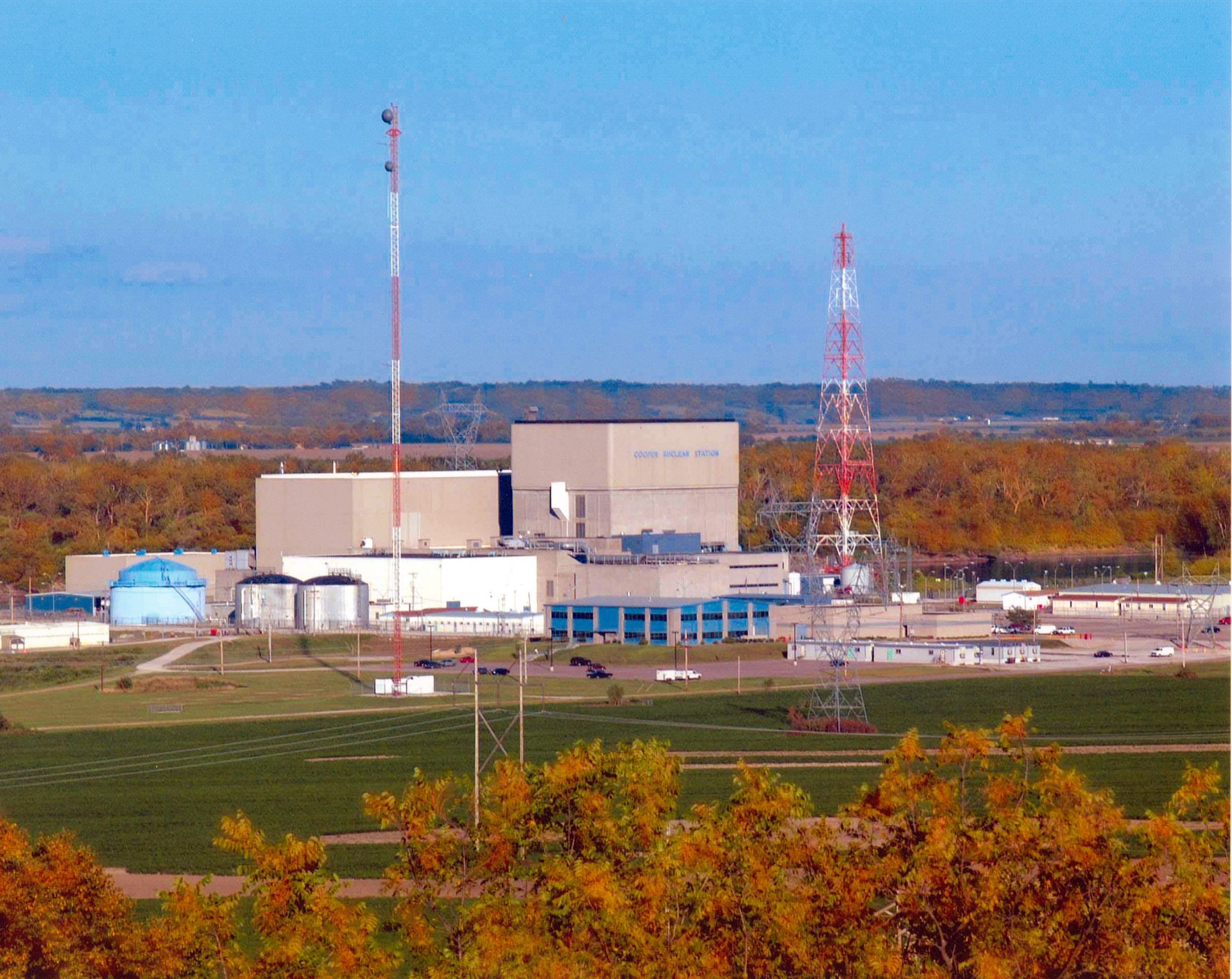


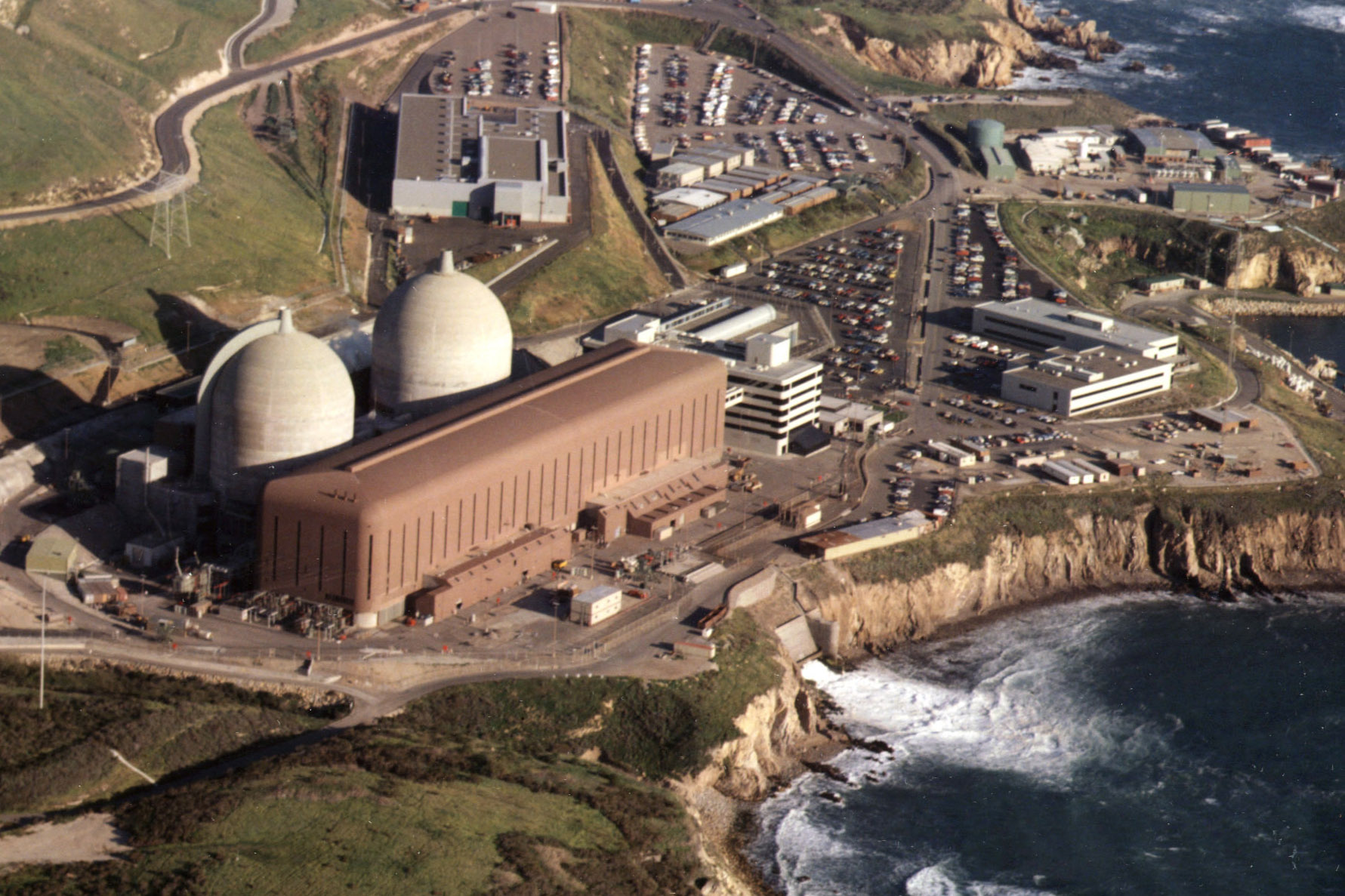

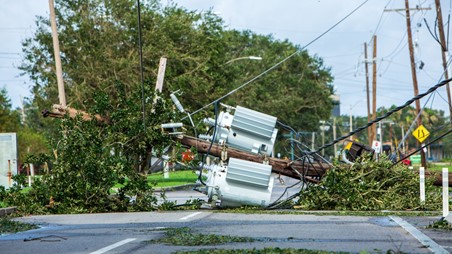
 Carbon dioxide emissions from the U.S. power sector fell 10 percent between 2019 and 2020, according to the 17th and latest edition of
Carbon dioxide emissions from the U.S. power sector fell 10 percent between 2019 and 2020, according to the 17th and latest edition of 

